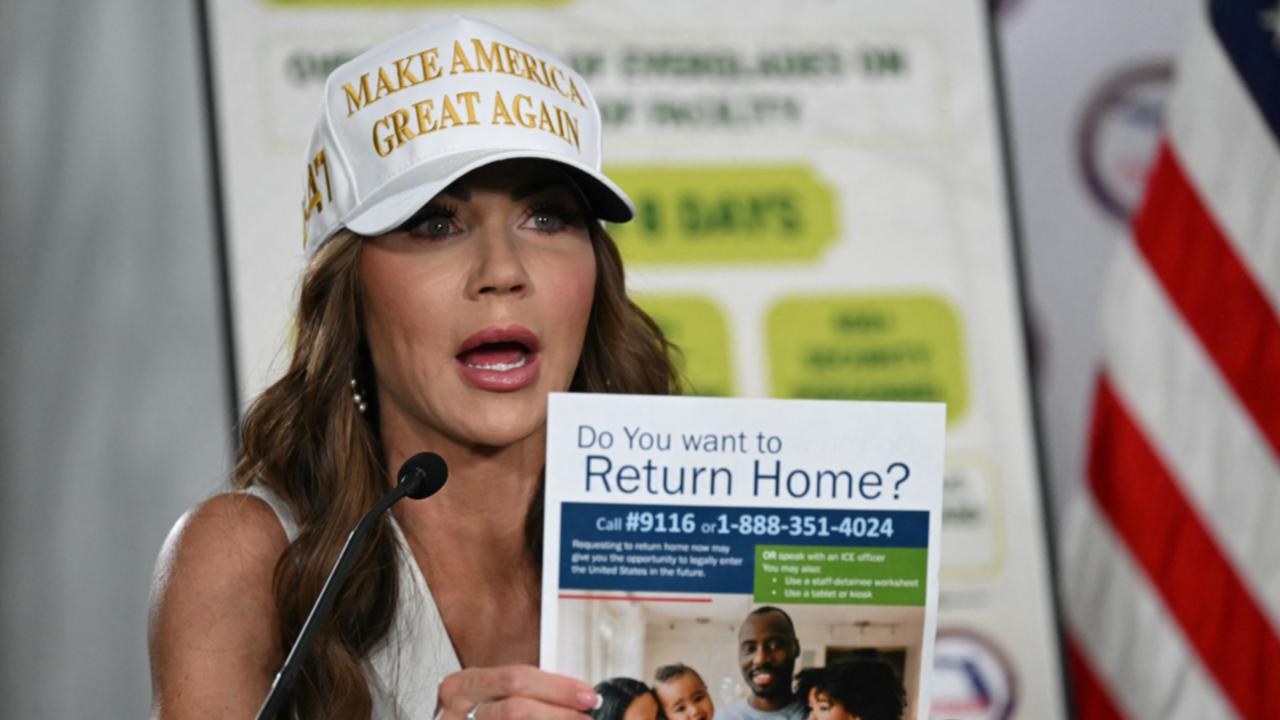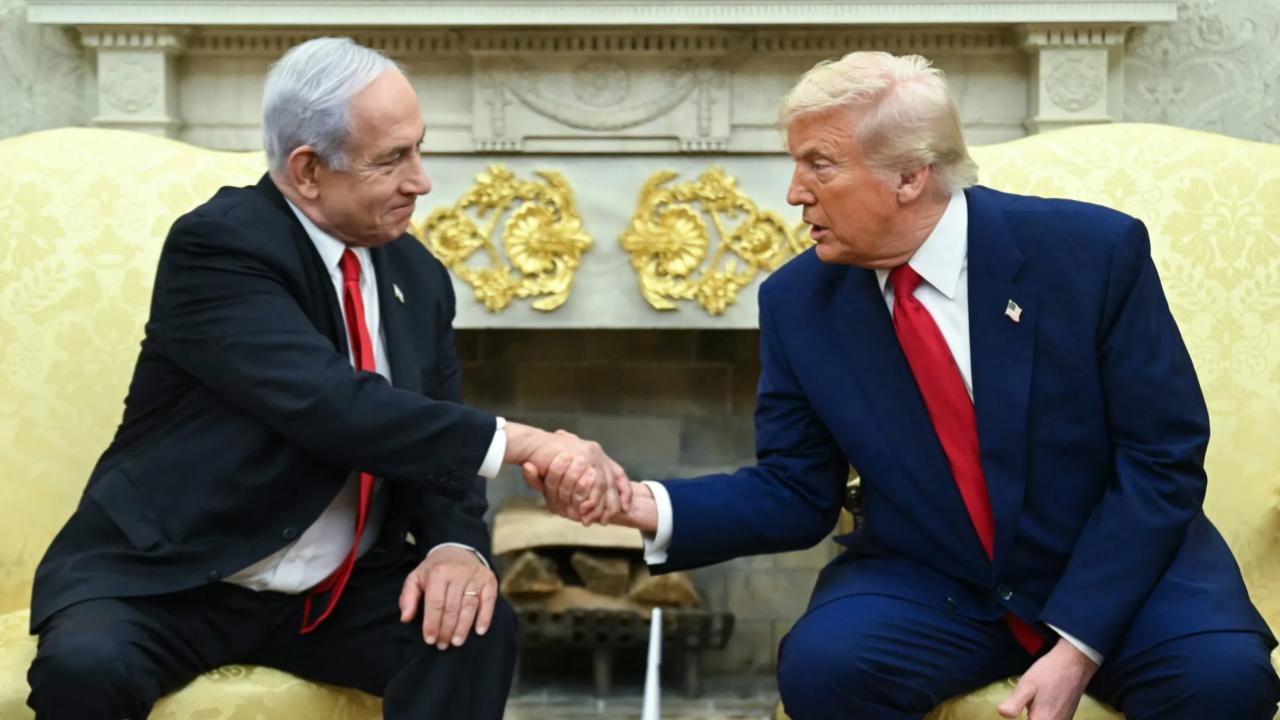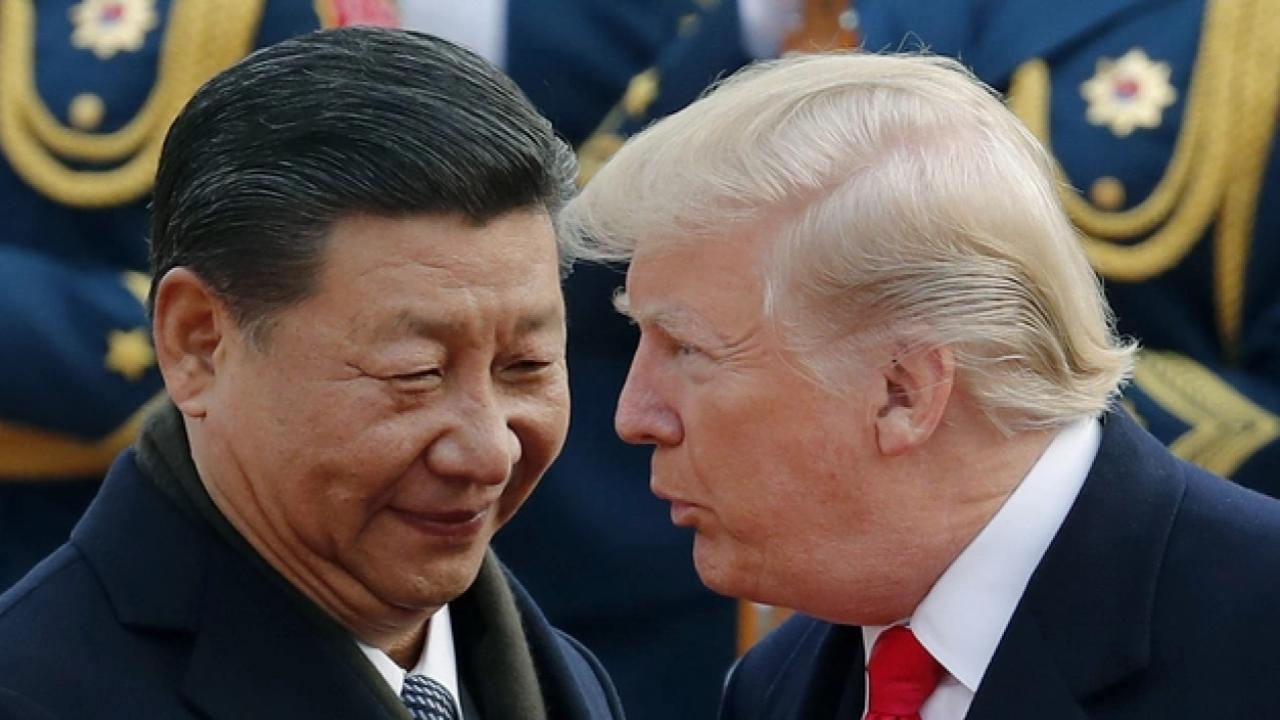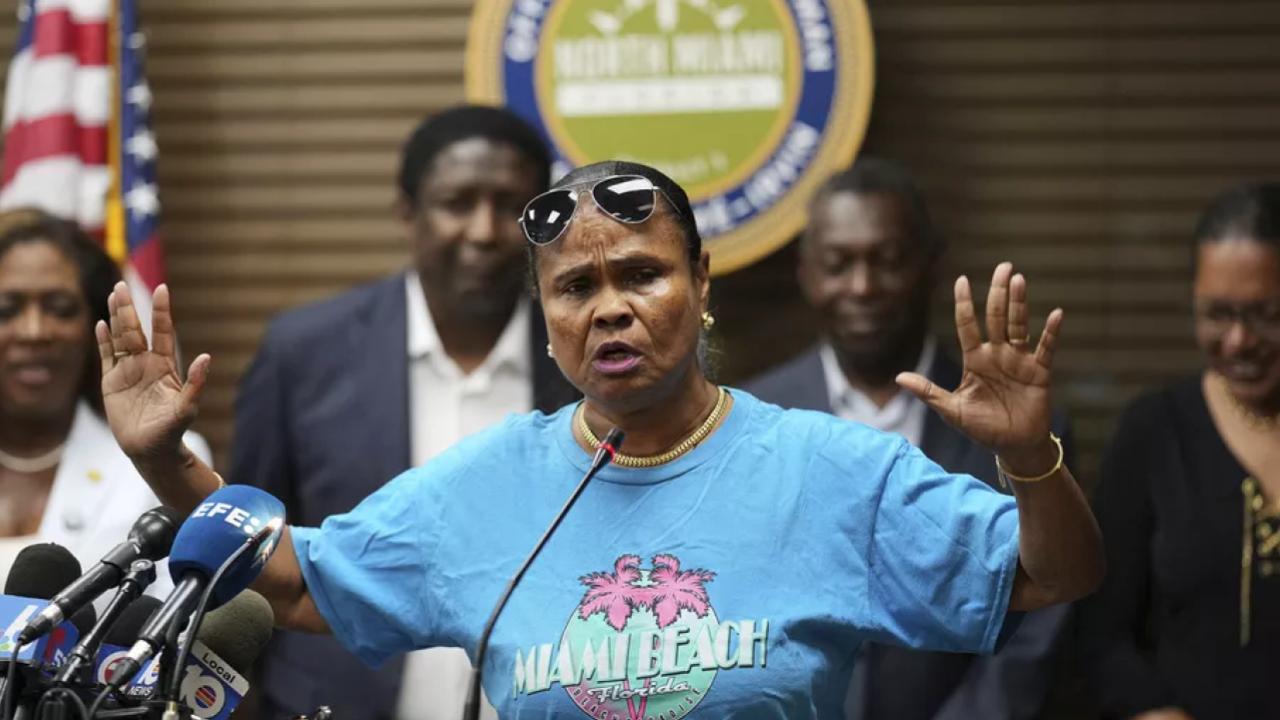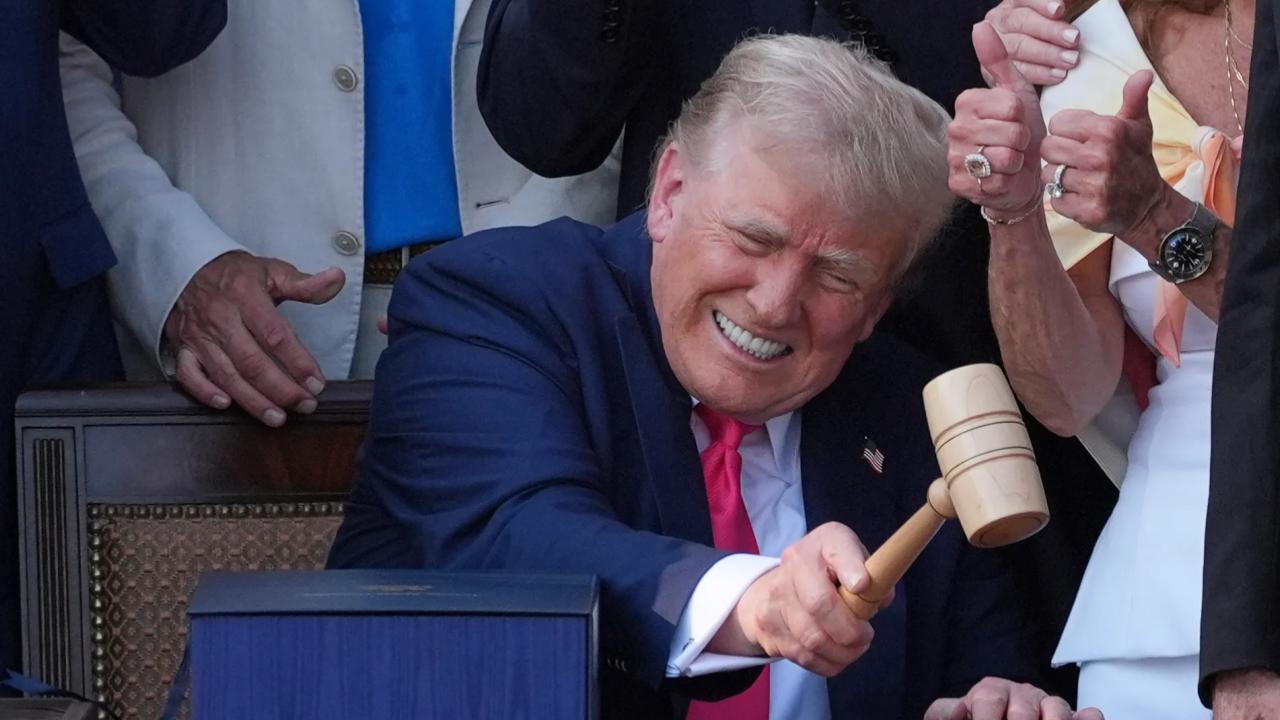Nebraska’s highly anticipated tax relief overhaul, dubbed the “One Big Beautiful Bill,” just hit a dead end—and not without drama. Backed by Governor Jim Pillen and packed with high expectations, this bill was set to change how Nebraskans deal with their sky-high property taxes. But now? It’s toast. Gone. Voted down. So what went wrong?
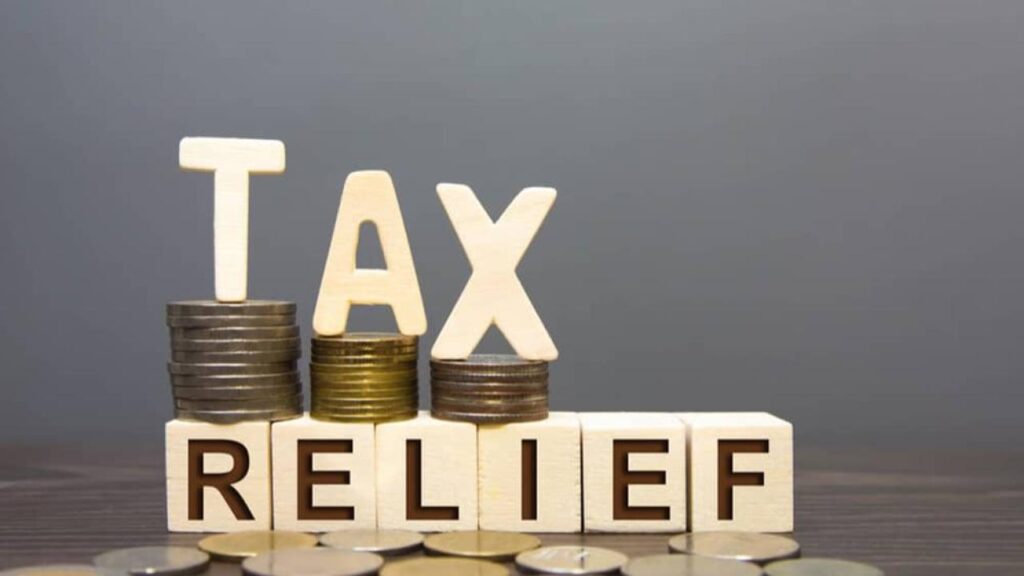
One Big Bill, One Big Bust
| Key Point | Details |
|---|---|
| Bill Name | “One Big Beautiful Bill” (Amendment to LB170) |
| Purpose | Major property tax relief across Nebraska |
| Main Strategy | Increase sales tax and tax on tobacco products |
| Tax Changes Proposed | Expanded sales tax to 20+ exempt goods and services |
| Estimated Revenue | Additional $100 million/year for property tax relief |
| Why It Failed | Opposition from lawmakers, public backlash, complex structure |
| Governor’s Stance | Gov. Pillen says he’s “100% committed” to trying again |
| Next Step | Possible special session or future reform attempt |
Nebraska’s One Big Beautiful Bill may have flopped, but the fight to fix the state’s broken tax system isn’t over. Property taxes remain sky-high, and the pressure’s building for a better, more balanced solution.
The key takeaway? Tax reform in Nebraska isn’t just about numbers—it’s about fairness, clarity, and doing right by every Nebraskan, whether you’re in downtown Lincoln or out on the farm.
What Was the “One Big Beautiful Bill”?
The “One Big Beautiful Bill” was Governor Pillen’s brainchild. Nebraska’s property taxes have long been among the highest in the nation, so this bill aimed to take some pressure off homeowners and farmers by pumping $100 million annually into a new relief fund.
To fund it? The plan was to:
- Raise the state sales tax
- Extend sales tax to previously exempt items like candy, soda, pet grooming, ride-sharing apps
- Hike tobacco and nicotine product taxes
Basically, take money from broader consumption and use it to help reduce what people pay on property. In theory, that makes sense—spread the burden. But in practice? It got messy.
Why Did Nebraska’s Big Tax Relief Bill Fail?
Despite the governor calling it “bold and beautiful,” lawmakers weren’t buying it.
Here’s why the bill tanked:
1. Sales Tax Is Regressive
The biggest red flag? Sales taxes hit low-income families the hardest. Critics said that by taxing basics like soda or ride-shares, the bill would force poorer Nebraskans to shoulder more of the tax load—while rich property owners got the break.
Senator Tom Briese (R-Albion) backed the bill but admitted it was “a tough sell” with its regressive structure.
2. Too Many Moving Parts
The bill was like a tax reform buffet. It tried to fix too many things at once—sales tax, tobacco tax, exemptions, credits, etc. That spooked legislators. The more complicated it got, the more it looked like a political landmine.
3. No Bipartisan Buy-In
Let’s be real—Nebraska’s Unicameral Legislature is unique. It’s nonpartisan on paper, but politics still runs the show. The bill didn’t build the broad coalition needed to survive the gauntlet. Without unity, it fizzled fast.
4. Public Pushback
Residents weren’t happy either. Groups like the Nebraska Retail Federation and farmers’ unions pushed back hard, warning that expanding the sales tax would hurt small businesses, families, and rural economies.
What Did the Bill Actually Include?
To keep it real simple, here’s what LB170 would’ve done if it passed:
- Expanded sales tax to items like soda, candy, digital streaming, Uber rides, pet grooming, and more
- Increased cigarette and vape product taxes
- Eliminated multiple sales tax exemptions
- Used new revenue for a $100M/year property tax credit boost
The goal was to rebalance the state tax code, pulling some of the funding weight off property owners and spreading it across consumers.
But that trade-off was just too hot to handle.
What Happens Now?
So the big plan crashed. What now?
Governor Pillen Isn’t Giving Up
Despite the failure, Gov. Pillen says he’s not done. He called the Legislature’s resistance “disappointing” but promised to revisit the issue—either in a special session or next year’s budget cycle.
“We’ve got to fix our broken property tax system. We just need a simpler, more focused plan,” he said in a press conference.
Could a New Plan Work?
Political experts suggest that a smaller, more targeted proposal—maybe focused solely on property tax credits or streamlining school funding—might actually stand a chance.
A key obstacle remains: how to fund the cuts without blowing up the state budget.
Property Taxes in Nebraska: A Longtime Pain Point
Nebraska has one of the highest average property tax burdens in the U.S., especially for farmers and homeowners.
Here’s how Nebraska stacks up:
- Average property tax rate: ~1.61% (Ranked top 10 nationwide)
- Average property tax paid: Over $3,200/year
- Per capita burden: ~$1,800
It’s no wonder that every governor in the past two decades has tried and failed to pass major reform.
What Could a Better Plan Look Like?
Experts say future tax relief efforts could succeed if they:
- Stick to one major change at a time
- Avoid overly regressive tax swaps
- Maintain funding for public education and services
- Include means-tested relief that targets low-income homeowners and renters
Also, more input from actual Nebraskans—especially rural and working-class families—might help avoid the backlash that sunk this bill.
Frequently Asked Questions (FAQs)
Why did Nebraska need tax reform in the first place?
Property taxes in Nebraska are among the highest in the U.S. Many residents, especially in rural areas, have been demanding relief for years.
What was the “One Big Beautiful Bill”?
It was an amendment to Legislative Bill 170, designed to inject $100 million/year into property tax relief by raising sales and tobacco taxes.
Why did it fail?
The bill failed because lawmakers said it was regressive, too complex, and lacked enough support from both political sides and the public.
Will there be another attempt?
Governor Pillen says yes. He’s likely to bring back a simplified version of the plan in a special session or in 2026.
How can Nebraskans get involved?
Contact your state senator, join town halls, and follow tax legislation updates on nebraskalegislature.gov.

